Celestron Polar Axis Finderscope Handleiding
Celestron
Niet gecategoriseerd
Polar Axis Finderscope
Bekijk gratis de handleiding van Celestron Polar Axis Finderscope (2 pagina’s), behorend tot de categorie Niet gecategoriseerd. Deze gids werd als nuttig beoordeeld door 53 mensen en kreeg gemiddeld 4.6 sterren uit 27 reviews. Heb je een vraag over Celestron Polar Axis Finderscope of wil je andere gebruikers van dit product iets vragen? Stel een vraag
Pagina 1/2

2835 Columbia Street, Torrance, CA 90503 • Phone (310) 328-9560 • Fax (310) 212-5835
Figure 2
Polar Axis Finderscope- CG-4 & CG-5 - #94223/94224
The Celestron Polar Axis Finder is designed to help you polar align your CG-4 (Omni Series) or CG-5 (Advanced Series)
Equatorial Mount quickly, easily and with a high degree of accuracy. As a result, you can spend more time observing and
less time setting up.
Polar alignment is the process of aligning the telescope with the Earth’s rotational axis. Once done, this will allow you to
track celestial objects as they move across the sky and accurately use your telescopes Setting Circles (CG-4 Mount). The
Celestial Coordinate System, Motion of the Stars, Using Setting Circles, are described in the telescope instruction manual.
For those using a telescope in the northern hemisphere, polar alignment is relatively easy due to the fact that the North
Celestial Pole (NCP) has a bright star close to it (Polaris) that’s easy to nd.
Installing the Polar Axis Finder
1. Remove the nderscope housing on the rear of the telescope’s polar housing.
2. Insert the Polar nder into the telescope housing and thread clockwise until
tight.
3. Remove the cap from the front of the polar housing a rotate the declination
axis until you can see through the polar housing without obstruction. (for
CG-5 mounts only)
Aligning the Optical Axis
Before the polar nder can be used it needs to be aligned with the polar axis of
your telescope’s mount. Note, you can do this procedure at night while pointing at Polaris. However, it is probably easier to
do it in the daytime using a distant point as your target (e.g, a street light a couple of hundred yards away). Before
calibrating the optical axis, remove the telescope, the counterweights and the counterweight bar from the mount. Next,
using the altitude adjustment bolts, incline the
polar axis until it is level to the ground.
To align the optical axis of the nder:
1. Release the R.A. clamp and rotate the
mount until the platform where the
telescope sits is o to the right of the
mount.
2. Find an object in excess of one mile away
and center it on the cross hairs.
3. Now, release the R.A. clamp again and
rotate the mount so that the telescope
platform is on the left side of the mount.
The object originally seen at the
intersection of the cross hairs will, most
likely, have moved o-center (See gure
2). The point where the cross hairs
intersect (center of the optical axis) will
scribe a semi-circle around the point
where the mechanical axis is pointing.
Figure 1

2835 Columbia Street, Torrance, CA 90503 • Phone (310) 328-9560 • Fax (310) 212-5835
Figure 3
4. Determine how far and in what direction the optical axis moved from the mechanical axis.
5. Use the three adjustment screws (See gure 1) on the polar scope to move the nder’s optical axis (cross hairs) toward
the point where the mechanical axis is pointing. Keep in mind that the image in the nder is inverted. It may take a
few minutes to familiarize yourself with the screws that move the nder in the appropriate direction.
6. Repeat this process until the optical axis of the nder is centered on the rotational axis of the mount.
When nished, tilt the mount head to your correct latitude and re-install the optical tube and counterweight bar and follow
the procedure for rough polar alignment in your telescope instruction manual.
Using the Polar Finder
Northern Hemisphere
1. Identify the Big Dipper pattern in the constellation Ursa
Major, or nd the constellation Cassiopeia in the night
sky. In spring and summer, the Big Dipper will be higher
in the sky and easier to nd. In fall and winter,
Cassiopeia may be easier to use.
2. The patterns for both are etched on your polar scope
reticle (Fig.3). Simply rotate your mount in RA until one
of the patterns matches its actual orientation in the sky.
Lock the RA axis. Now the small circle on the perimeter
of the larger circle is in the correct position for locating
Polaris.
3. Next, use your azimuth and altitude adjustment controls
to place Polaris inside the small circle. Tighten your
azimuth and altitude knobs, then tighten your locking
shaft bolt to secure the mount to the tripod and you are
done.
Southern Hemisphere
There is a 4-star pattern in the polar scope that corresponds to four stars in the southern constellation Octans. You
can use these stars to align your mount to the south celestial pole. Identify the pattern in the sky and point your
telescope mount towards it. Once you can see all four stars in the eld of your polar scope, simply rotate your
mount in RA and adjust your altitude and azimuth positions until the stars line up with their positions on the
reticle.
Warranty: Two year limited warranty. See the Celestron Accessory Catalog (#93685) for complete warranty details or contact Celestron
#94223
-
INST
03
-
08
Product specificaties
| Merk: | Celestron |
| Categorie: | Niet gecategoriseerd |
| Model: | Polar Axis Finderscope |
Heb je hulp nodig?
Als je hulp nodig hebt met Celestron Polar Axis Finderscope stel dan hieronder een vraag en andere gebruikers zullen je antwoorden
Handleiding Niet gecategoriseerd Celestron

30 Juli 2024

23 Juni 2024

5 Juli 2023

2 Juli 2023

17 Juni 2023

15 Juni 2023

25 Mei 2023

23 Mei 2023

30 April 2023
Handleiding Niet gecategoriseerd
- Metz
- Kiano
- Yorkville
- Equator
- Sungrow
- Roccat
- Eschenbach
- Videotel Digital
- Pelican
- Youin
- Backyard Pro
- Balderia
- Ledlenser
- Quersus
- SereneLife
Nieuwste handleidingen voor Niet gecategoriseerd
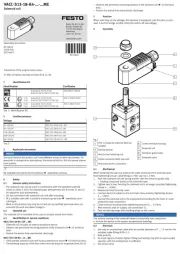
1 Augustus 2025
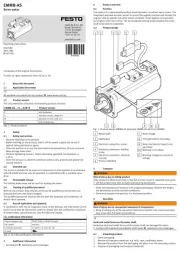
1 Augustus 2025
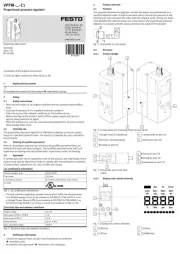
1 Augustus 2025
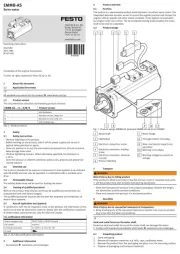
1 Augustus 2025
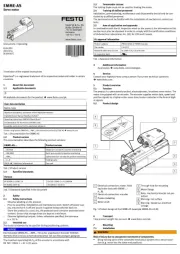
1 Augustus 2025
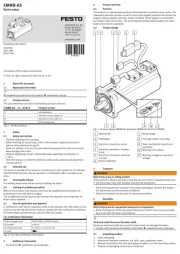
1 Augustus 2025
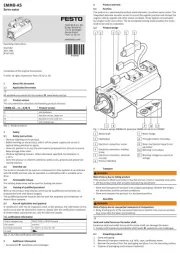
1 Augustus 2025
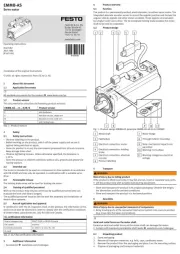
1 Augustus 2025
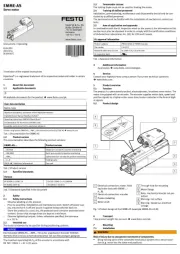
1 Augustus 2025

1 Augustus 2025
